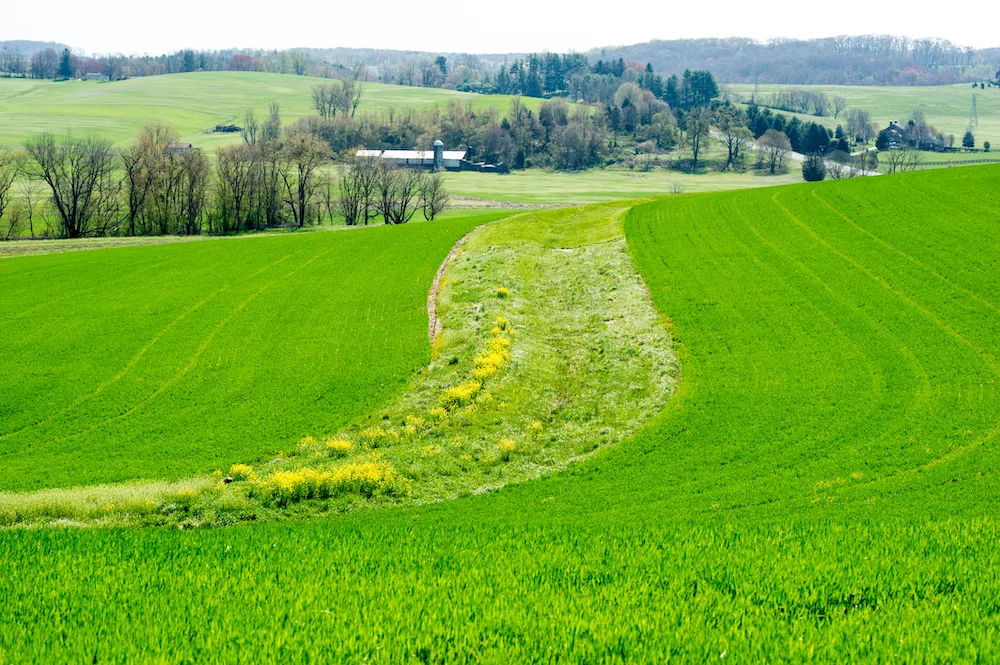One critical key to confidence in a conservation tillage system investment includes proving out the economic benefits — or lack of economic penalties — for adopting those practices. Assigning dollar values to soil health improvements remains difficult.
Significant shifts in soil health usually take many years and measuring the impacts of those changes even longer. The Soil Health Partnership (SHP) is working directly with farmers to compile an ever-growing base of on-farm data to discover where and when various practices prove beneficial.
Dates, rates, methods, soil types, crop history and dozens more data points are compiled. Then they discuss the economic and soil health goals for the farm. Together they set up farm trials to test out the strategies they settle on to achieve those goals. Methods being evaluated include nutrient management, reduced tillage and — the largest sector — adding cover crops.
“Our goal is to increase the adoption of soil health management practices,” says Elyssa McFarland, SHP development manager. “We’re helping farmers implement practices, researching how those practices impact crops, soils and the bottom line.”
McFarland has seen the breadth of the diversity of farms in the program. It drives home how hard it is to make a black-and-white economic case for many of the practices on which SHP gathers data.
“People want one silver bullet answer, but the reality is we have to look at each farm and figure out which system works best,” she says.
SHP field managers work with farmer partners to gather and analyze on-farm data that lets them evaluate the progress of their new soil health practices.
McFarland is also a farmer, raising corn, soybeans, hay and beef cattle. Her family has long no-tilled their very sandy soils.
“Sand tends to blow when it’s not covered. Even no-till isn’t quite enough. We’ve been experimenting with cover crops since 2015 to protect the soil and for forage for our beef cattle,” she says.
Her farm is home to one of the 200 research sites. Her goal for her plots is to see if adding cover crops to no-till will increase water-holding capacity and result in better drought tolerance. Soil health analysis and yields will be the determining factors.
Fall of 2019 was the first year of cover crop treatment and she looks forward to seeing if treatments impacted the 2020 crop yields.
“Due to drought conditions this year, it is possible we could see changes in yield data this first year. It would be great to see changes in soil measurements next spring, but I know it will likely take longer to see those changes,” she says.
Most of the sites are evaluating cover crops, nutrient management and reduced tillage. The economic value of moving toward less tillage is a mostly straightforward calculation.
“There’s less equipment to manage and fewer passes in the field. The farms moving from conventional tillage to strip-till or no-till saw quick results in terms of economics while seeing the same yield or trending toward higher yields,” McFarland says. They also see less compaction and better water infiltration.
A lot of the trials involve assessing the addition of cover crops to the rotation. There are more cover crop trials because they can achieve a lot of different outcomes, McFarland says, though there were some consistent findings in the 2019 SHP cover crop survey results.
“Across the board we didn’t see the yield penalties a lot of people reference with these practices. Despite unique sites, across the program there were consistent yields. I think that can be attributed to our agronomists helping farmers plan ahead, mitigate risks and think through management and due to cover crops making soils able to soak up more water when it rains and be resilient to drought. In these dry years, that can play into a more consistent yield outcome,” McFarland says.
The other data point that sticks out is soil organic matter (SOM) increases throughout the trials. “It’s not surprising, but it’s impressive to see it at scale. We’re consistently seeing an increase in SOM from farmers decreasing soil disturbance and increasing residue with cover crops and
cash crops.”







